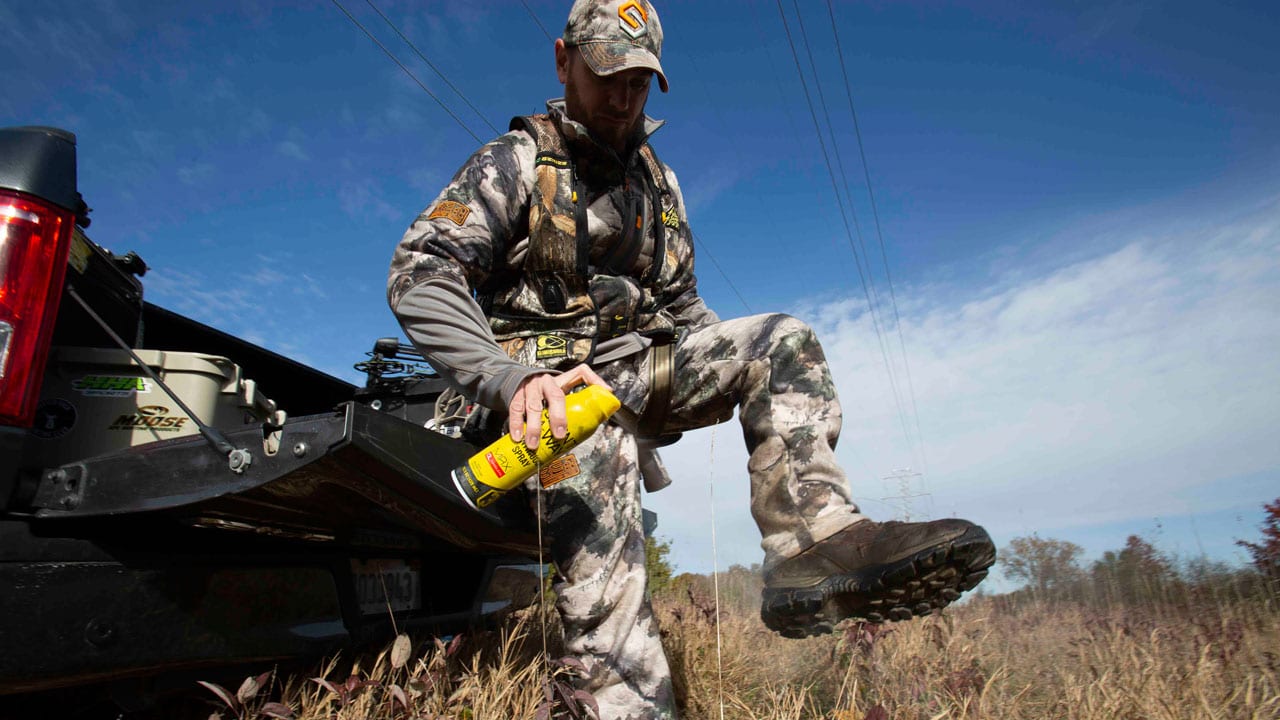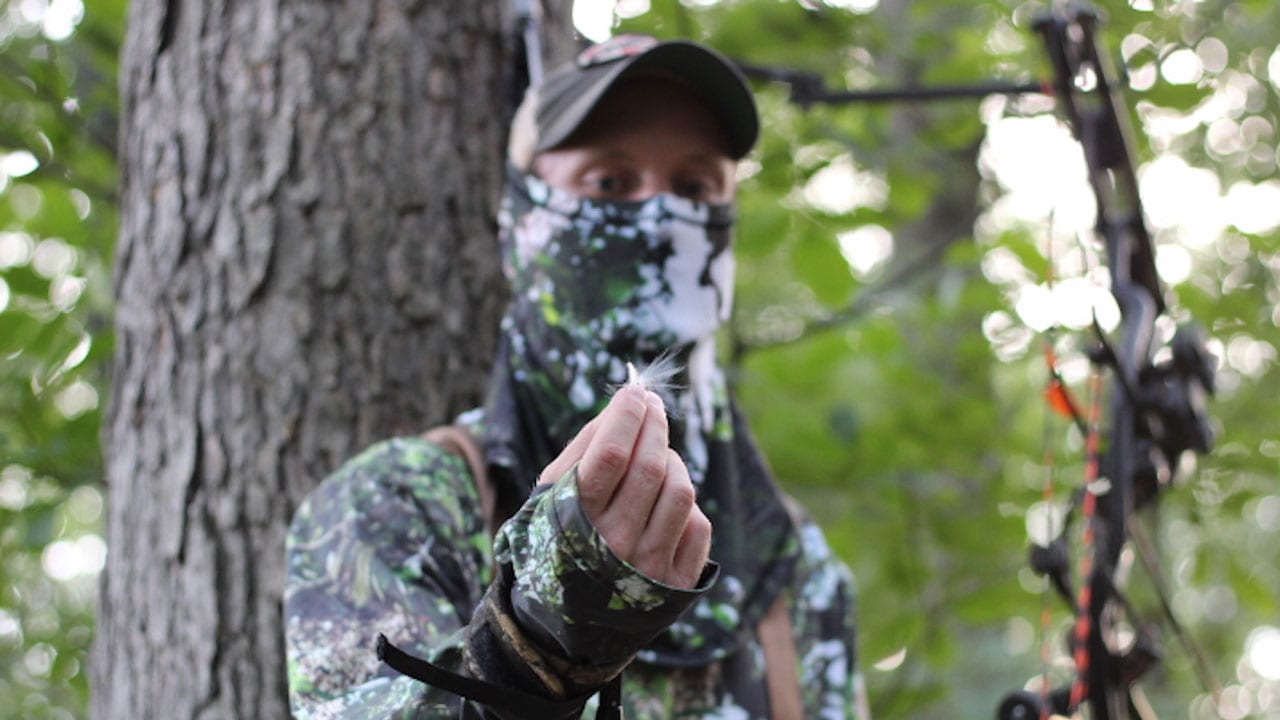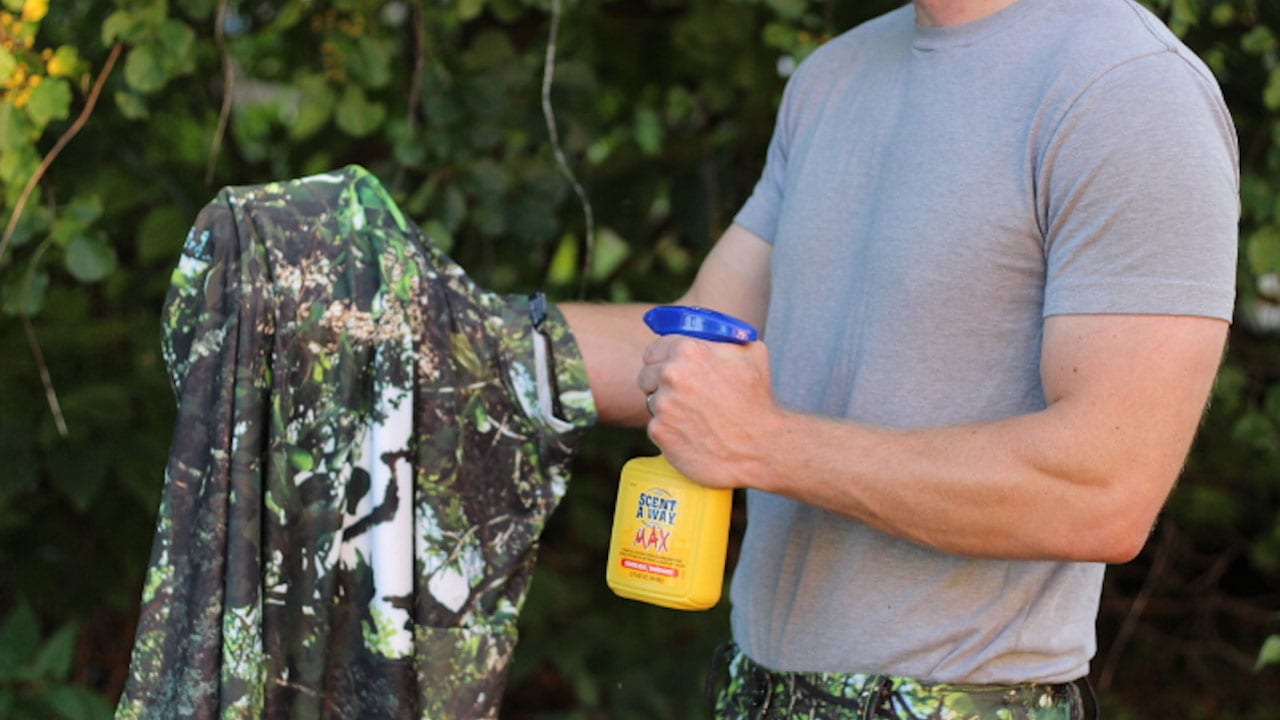Hunters go to great lengths to try to fool a deer’s senses. New camouflage suits and quiet gear can help you get closer to deer, however, it is often your ability to understand the wind that will determine if you go home with a punched tag or empty handed. To put it frankly, nothing else in deer woods matters if you can’t keep your scent out of a buck’s nose. Here’s a look at how to play the wind for whitetail deer.
A Few Wind Basics
The most basic way hunters utilize the wind is to position their stands so that the dominant wind blows their scent in the opposite direction from where they expect deer to approach. In general, the downwind side of a trail or bedding area are places where most hunters feel that they can be safe from a deer’s nose. These can work well at times, however, there is a lot more to “playing the wind” then a simple wind direction.
Additionally, scent control products and a scent reduction regime are great tools. However, they reach their maximum effectiveness when coupled with a more detailed understanding of wind movements.

Do you know how to play the wind for whitetail deer?
Thermal Basics
We have all sat in stands with the perfect wind, only to have a deer to our upwind side pick us off or start blowing for no apparent reason. In some cases the sixth sense that deer are using to peg us is a thermal. These columns and streams of air are caused by the difference of temperature of the air and the ground and are often used by deer to scent-check the woods.
Thermals rise in the morning as the sun begins to heat the ground. Conversely, as the ground cools in the evening air currents sink to the ground, pulling your scent downward. Generally, it is more advantageous to hunt higher on a slope in the morning, using both the wind and thermals to your advantage. In the evening, hunting lower on a slope can help you avoid deer winding you as your scent settles to the lowest topographic points below your stand.
Visualizing the Wind
To visualize how wind moves through your hunting setup, respected hunter, Bill Winke, encourages hunters to imagine wind and thermals traveling like water across the terrain. For example, if the air currents are falling on a relatively calm evening, your scent would be traveling downward on the same path that water would flow from your stand. It may hit various topographic features and redirect or swirl.
Wind can also be influenced by timber and vegetation features. When wind hits a feature like a block of timber it can be forced up, creating a vacuum and swirling effect; like when a water current hits a rock and creates a small eddy. Also, If the wind hits the block of timber at an angle, the wind may push some of your scent along the edge of the timber rather than through it. The same can be said when wind and thermals hit topographic features at various angles, angling your scent in unseen directions.
Experience is the best teacher when it comes to determining wind movements in a given setup. However, often hunters are on the move looking for the hottest sign and trying to make the first sit count in a new location. Dropping a wind indicator, like a milkweed seed, is a great way for hunters to visually see where their scent is traveling. The seed is light enough to travel on thermals, so hunters can easily get a visual on how the wind and thermals are interacting at any given time throughout their hunt.

Floating milkweed is a great way to get a visual on how the wind is playing out.
Making a Play
There are a lot of wind related myths in deer hunting that need busted. Bucks don’t always walk into the wind, or with it to their back, and they certainly don’t always bed downwind of does. That being said, a buck will always be using his senses to keep him alive, fed, and to breed– and that often means using his nose in some way. Understanding some of these basic generalities can go a long way in curbing the learning curve to “playing the wind”.
During the rut, cruising bucks are known to skirt downwind of scrapes or doe bedding areas, or use a crosswind to detect danger or a receptive doe as they move during the daylight. Setting up on or above a bench, pinch point, or saddle in this scenario may be just the ticket to put a buck in your lap. This can be especially effective in the morning if your setup is also positioned on the uphill side of the bedding area. The rising thermals will help keep your scent away from a cruising buck, while keeping him hoping to catch a whiff of a hot doe.
It’s okay, and often beneficial, to be aggressive with the wind. Bucks want to feel as though they have the wind in their favor when they move during the daylight. So, setting up with 45 degree crosswind can be the ticket allow deer to feel safe, while your scent is blown just past them, paralleling their movement. Playing a crosswind can be especially important, as bucks will often prefer to approach or parallel a field from the downside side before entering. Giving the buck just enough of the wind until he gives you a shot is certainly an aggressive play, but it may just be what you need to do to make your setup work.
Depending on your level of aggressiveness, playing the wind like this can truly feel like you are threading a needle with your scent stream. Last fall, I setup on a bench below a buck bed for an evening hunt with the wind blowing down the mountain with a slight crosswind. That slight angle of the wind would eventually put the buck downwind of me, however I would have plenty of opportunities to shoot him before he hit my stream. My aggressive move would have paid off, but unfortunately he showed up just minutes after legal shooting light had expired.

Spray down and get dressed in the field when you’re making a move on a wise old buck that knows how to play the game.
Using the wind can also mean anticipating where bucks will bed. A classic buck bed scenario lays out with a mature buck resting with his back to thick cover and with the wind coming over his back. He can visually see anything approach downwind of him and smell anything behind him. Certainly bucks don’t always bed like this, but understanding a bucks tendencies to use the wind in bedding can help you make an educated guess as to where a buck may bed and how to press in on him without being smelled.
In any hunting scenario its okay to have multiple stands set for different winds on the same movement pattern or food source. Also, don’t forget the wind as you enter and exit your stands. It is self-defeating to approach a buck bed or doe bedding area from the upwind side. Be sure to take the time and effort to approach in a way that hides you from all the deer’s senses.
When it comes to the wind, it is easy to rehash cookie cutter scenarios, however, experience and understanding the basics of wind movements will allow you to anticipate deer activity in your area. Keep an open mind and a pocket full of milkweed and the nuances of playing the wind will make more sense with each sit.

 By
By 



